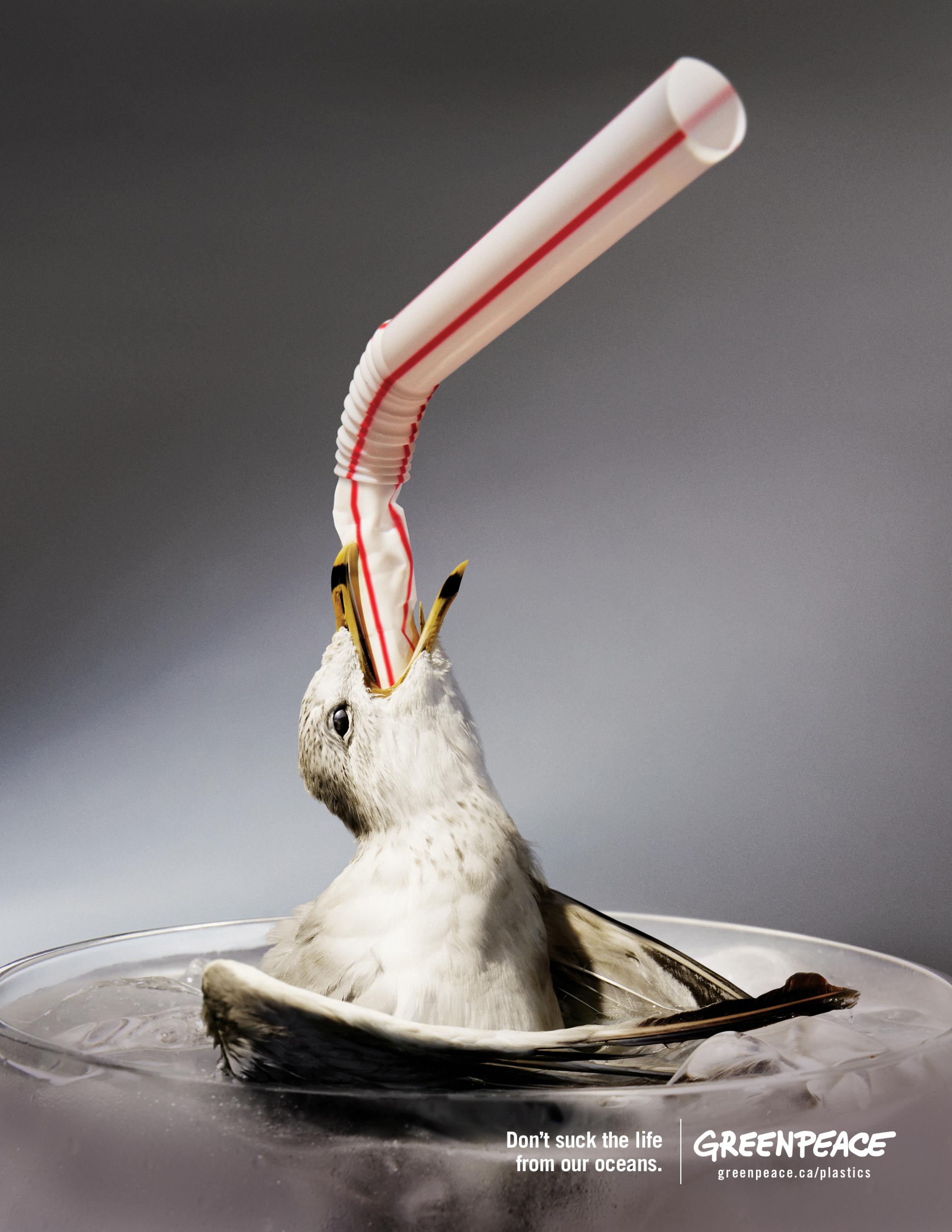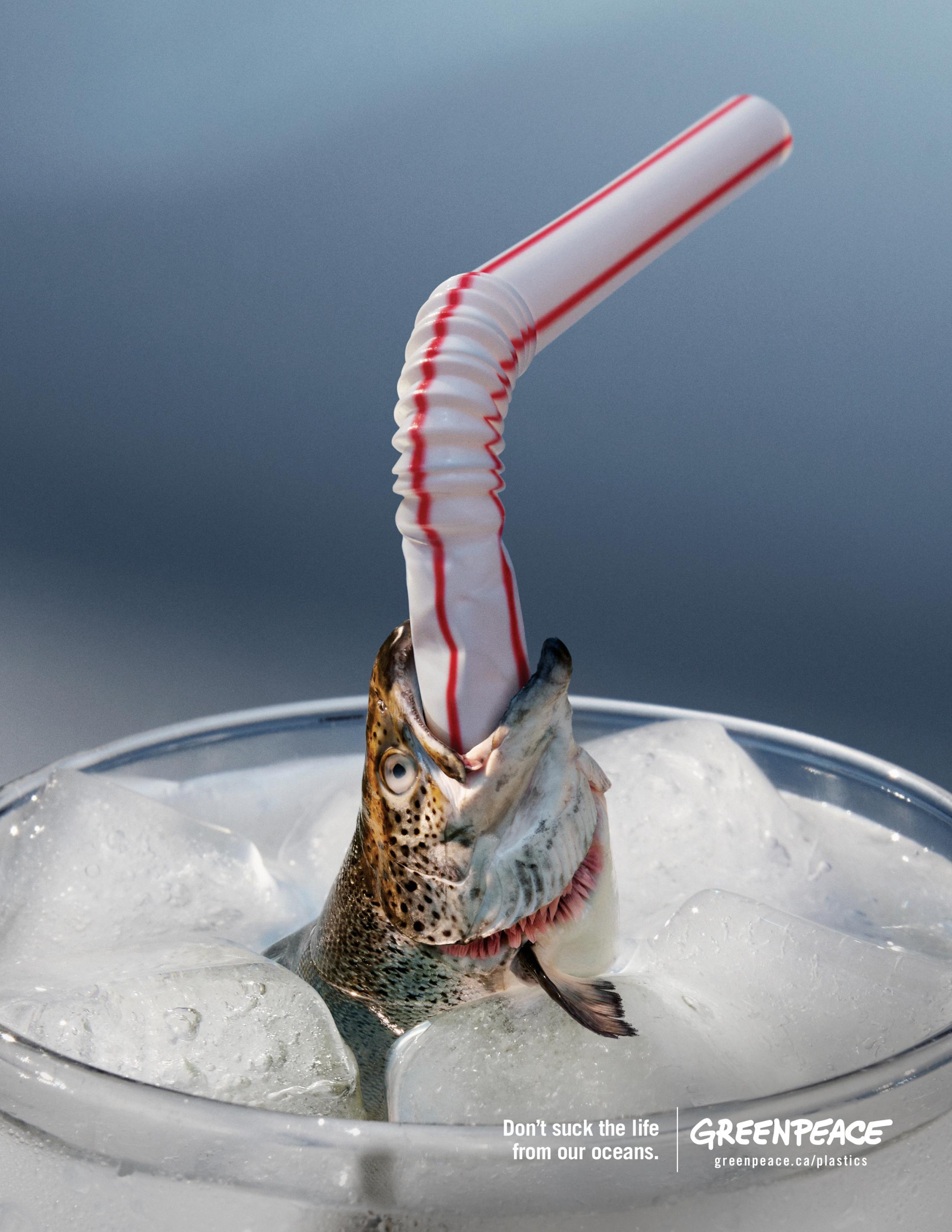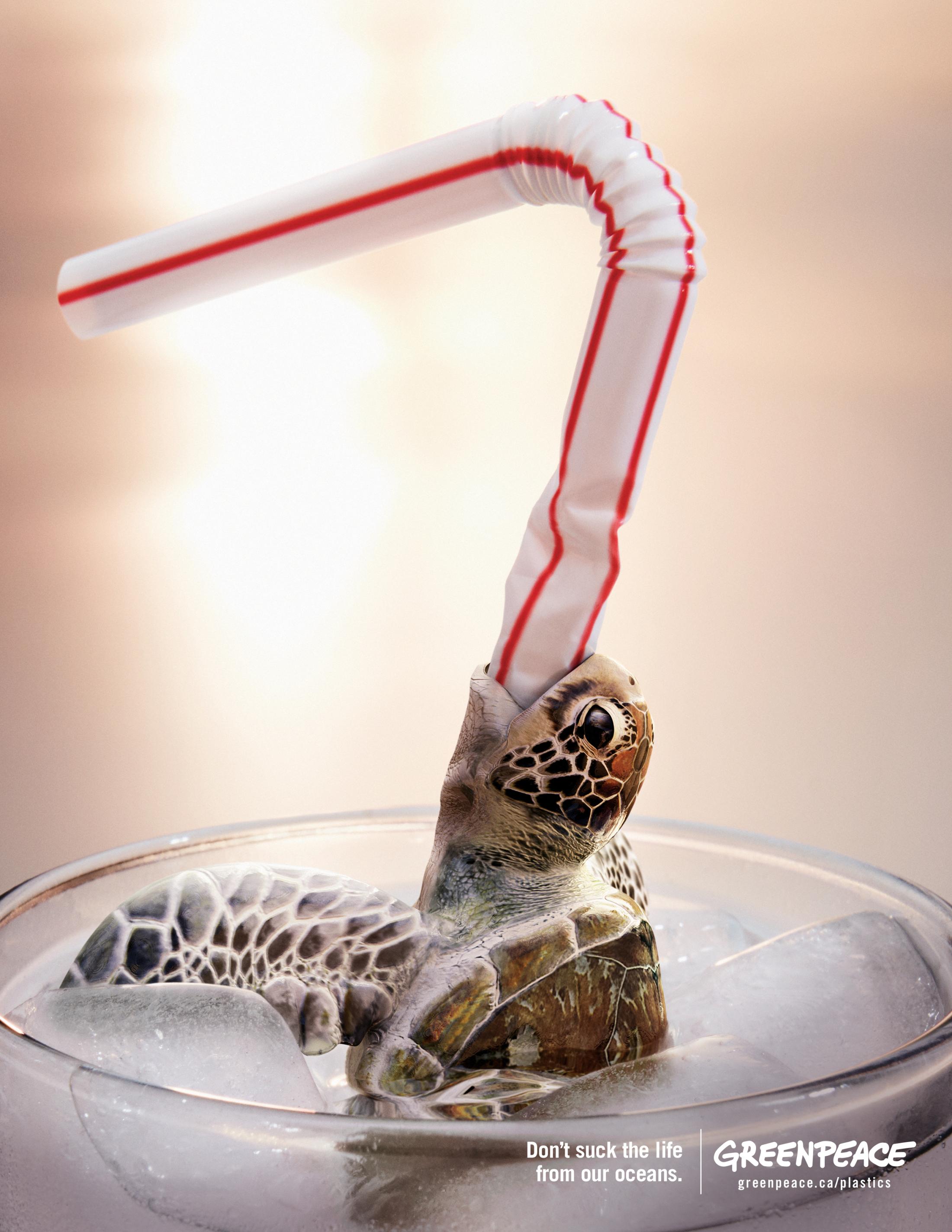How Purpose-Driven Marketing Made Real Cultural Change in 2018
Impressive results in four areas of focus
This year we saw many marketers trying to connect to purpose. Data supports this approach across all demographics—people support and want to buy from brands that make a difference. The 2018 Cone/Porter Novelli Purpose Study found that “78 percent of Americans believe companies must do more than just make money; they must positively impact society as well.”
For me, a handful of brands rose to the top, taking it beyond purpose and actually creating cultural change with their efforts in 2018. They were:
Fighting for Gender Equality
• Secret’s “I’d Rather Get Paid” campaign
To arm women in the fight for equal pay, Secret launched an online music video in which women sang an ode to getting paid what they are worth. The spot ends with the tagline, “Equal work. Equal sweat. Equal pay.” It goes beyond the slogan, though: Secret is also offering online toolkits to help women advocate for themselves, and a partnership with the coworking space The Wing will feature experts discussing equality in the workplace. The campaign just launched in November, so we don’t have data on whether it’s moved the needle, but it’s creating an important conversation to inspire change.

• Period equity
WPP’s Wunderman Thompson partnered with Period Equity to fight the 36 states that tax tampons and pads with a campaign designed to drive home that menstrual products are a necessity and should be treated as such. In a cheeky PSA, bejeweled tampon holders created by high-end jewelry designers show that by taxing the products, periods are considered a “luxury.” It’s a meaningful effort to show that women’s health should be treated equally.
Changing Our Footprint
• Plastic straw bans
Our impact on the environment needs to change, and without big brands stepping up to make an impact, we will continue to alter the future of our planet. Even though they got some backlash, as customers proclaimed their love for the plastic straw, Starbucks addressed this issue by vowing to ban plastic from its 28,000 global locations by 2020—eliminating 1 billion plastic straws. Greenpeace Canada supported this powerful move with its campaign showcasing impactful visuals of fish with straws stuck in their gullet.
Innovating to Create Change
• Ripple Foods’ widespread approach
Meat- and dairy-free products used to target those who already swore them off, but Ripple is trying to get omnivores to reach for its pea-based non-dairy alternatives, appealing to them with health and environmental reasons. Its level of communication with its customers is really impressive, too: The annual “Our Progress, Your Impact” report it sends to consumers details the carbon savings, water reduction and sugar avoidance the Ripple choice has made in a year—making customers feel like they’re a real part of the change.
• Target’s inclusive clothing lines
Target debuted adaptive and sensory-friendly styles in its Cat & Jack children’s line in 2017, and this spring it included adaptive women’s jeans in the size-inclusive Universal Thread collection. By doing so, the brand has reinforced the message that everyone deserves stylish, comfortable, affordable clothing.
Taking a Stand Together
• Long live democracy
Nearly 150 companies including Walmart, Levi Strauss, Lyft and Southwest Airlines announced a joint “Time to Vote” campaign to encourage people to go to the polls.
Some brands took it further: Patagonia closed its offices on Election Day, and others, like Levi’s, followed suit by giving employees a few hours off to vote. Lyft offered ride discounts and free rides to the polls for people in underserved communities to help make sure everyone’s voice was heard.
• #SeeHer
The industry is rising together to support the #SeeHer movement to eliminate bias against women in ads, asking for a 20 percent increase in the accurate portrayal of women and girls in media by 2020. Brands are already stepping up, showing women of all shapes, skin tones and abilities. Great examples include Chromat’s “Pool Rules” campaign, Olay’s “Face Anything,” Dove’s “Real Beauty,” Aerie’s “Real Me” collection and Outdoor Voices, which doesn’t retouch cellulite or imperfections on its models.
These advertisers are changing culture as a whole by changing the perception of “acceptable” types. We have created a conversation with real impact. For example, when advertisers like Victoria’s Secret said that diversifying their models for their annual fashion show would be seen as “pandering” and didn’t fit the company’s messaging, the public fought back, and the show suffered its worst ratings in broadcast history.
Lots of brands have done important work to impact cultural change, but as we know, the sum of the parts is greater than the whole. As we look ahead to 2019, I hope more partnerships will form and more brands will come together for a collective impact to create real cultural change.













